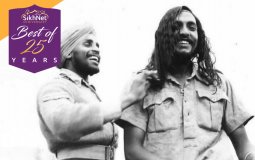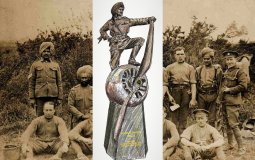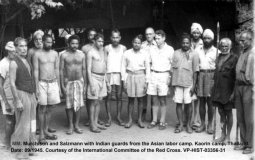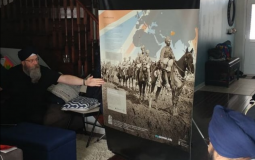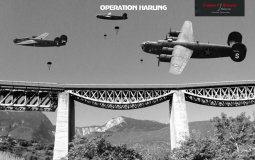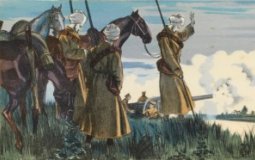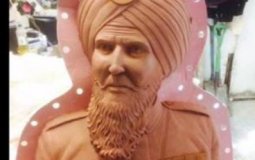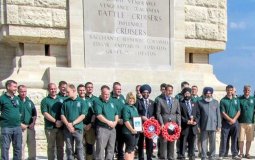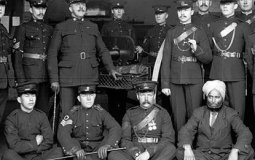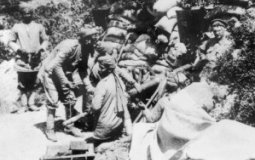This article provides some indication of how men coped with these conditions...
After several more victories he narrowly escaped with his life when his plane was ambushed and received 450 hits, one of which hit his leg. He was found unconscious after crash landing in allied territory.
Their gruelling role in the railway's construction remains a little known story
SSoNA in partnership with mysimran.info, celebrates with Exhibits the centennial anniversary of the end of WW1
Lt. Inderjit Singh ~ Indian soldier's role long hidden in a chapter of history.
A fascinating unit history which will interest all Great War history specialists, as well as cavalry and Indian enthusiasts. This till today remains one of the legendary exploits of the regiment and is celebrated as an act of great courage against heavy odds.
These soldiers, with little understanding of the mechanisms of war, served in places as far-flung as East Africa, Egypt, Europe and Mesopotamia (modern-day Iraq). By 1918, their numbers in the army had surged to over a lakh.
Sikhs from UK and Greece made the first remembrance visit to the Helles Memorial in Gallipoli, Turkey and paid respects to the soldiers who made the ultimate sacrifice...
But among the soldiers is one anonymous Sikh man in a suit and white turban, and there are no records explaining who the man is, says Warrant Officer Ron Leblanc.
Many acts of bravery were conducted by the officers' men in the Battle of Gallipoli which is worth sharing. But this one is incomparable.

